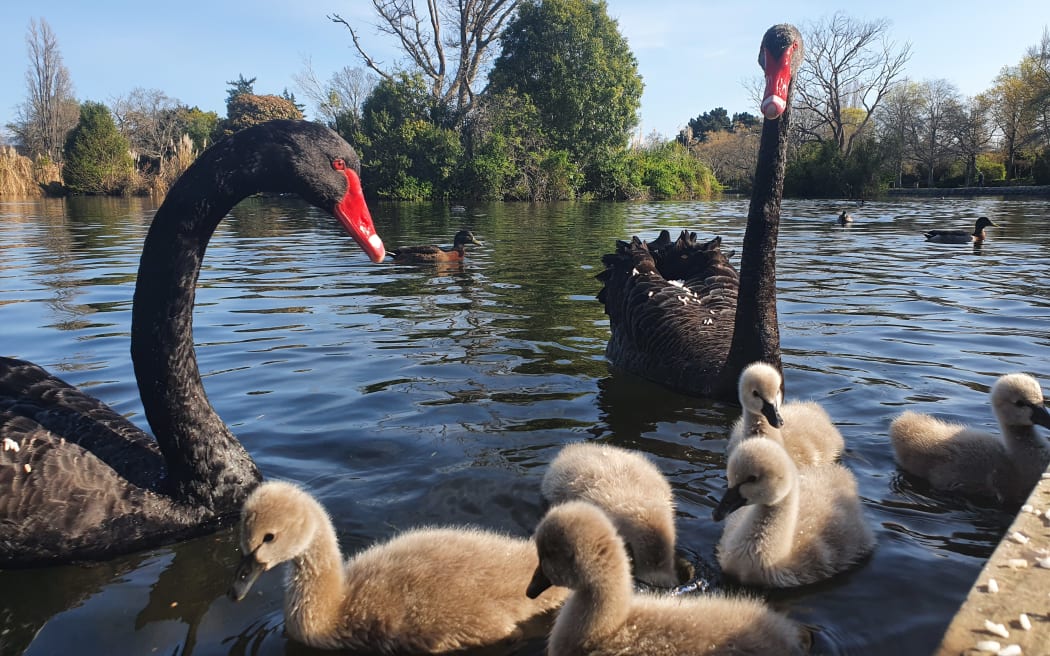
Photo: RNZ/Sally Round
In the Bay of Plenty gold kiwifruit are in their full bud stage and the new red kiwifruit vines are starting to flower. In Otago one farmer says it' been one of the best lambing seasons in his 50 years. Listen to On the Farm for more on conditions around the country.
Sluggish grass growth in Northland means bulls aren't putting on as much weight as farmers would like and they are still out on a 40-day rotation on paddocks. Usually at this time they've been moved to a 22-day cycle and are putting on about a couple of kilos each day. The high cost of nitrogen fertiliser has put some off using it this year, adding to slow grass growth.
Strawberry growers further south in Matakana are also hoping for warmth and sun. Strawberries are not ripening as quickly as usual. The rain and chilly mornings mixed with a few overcast days has resulted in lower volumes. However, the quality of fruit going to the market is described as excellent. Growers are keeping an eye out for rot and pests such as thrips - the small winged insects which suck on berry flowers and leaves.
Although conditions have often been calm and misty around Pukekohe, not much rain fell this week but that may be about to change. In the meantime, some young brassica's and salad crops have been irrigated.
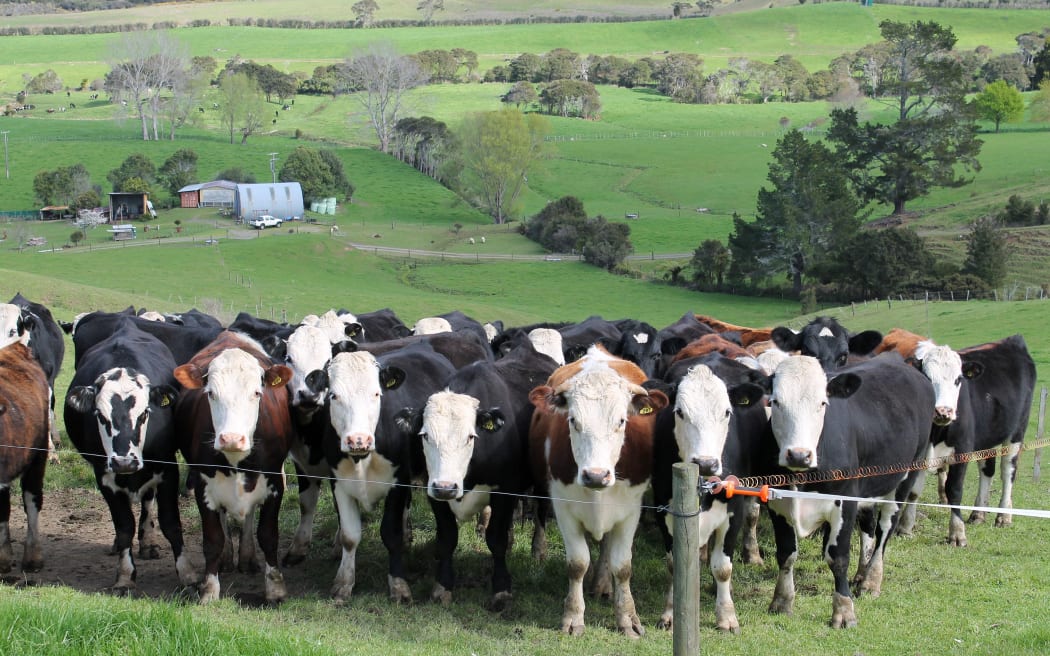
Cows are dining out on fodder beet in Waikato Photo: RNZ / Susan Murray
Waikato has had quite a pleasant week with a bit of sunshine and the grass is growing at a faster rate than many other regions. Calving is coming to an end and one farmer who has 950 cows says he has had eight die this season - a lot higher than usual. Artificial insemination starts in the next few weeks for many dairy farmers. Cows are being well fed with fodder beet, and calf sheds are being cleaned out. Drenching is underway and chicory crops will soon be planted.
In Bay of Plenty gold kiwifruit are in their full bud stage and the new red kiwifruit vines are starting to flower. his new hybrid kiwifruit is popular in Asian countries - particularly China. Milk volumes are a little low due to months of rain.
The Ruapehu area's local body elections are getting lots of attention with several rural people standing for the Council. Paddocks around National Park are growing slowly and everyone's hoping for a burst of warm weather with plenty of sun. Silage is still being fed out and concern is growing about supplies running out. Calving is coming to an end and it's been a tough season for the cows with so much wet weather.
In the Whanganui area, too calves aren't beefing up as fast as farmers would like and milk production in cows is down. A winter of wet and cold weather is being blamed. Cows are also being fed a lot more supplements. Crops are being sown such as maize and barley even though the ground is pretty wet underfoot. A lack of grass suitable for making silage could mean a shortage of feed further down the track. Sales of hogget and cattle are strong.
Gisborne's having what's described as a 'ripper spring' with ideal conditions for lambing. There haven't been many losses when twins are born which is often not the case. Coastal blocks have finished lambing and inland hill country is starting to lamb about now. Calving is also underway for fat beef farmers and the price paid for bull meat is sky high - $6.82 per kilo net. It's led to pretty decent prices being paid at stock sales.
In Tikokino, Central Hawkes Bay, farmers have joined a field trip to view the property managed by the regional Farmer of the Year. Hugh Abbiss and Sally Terry farm Totara Hills Farm, grazing cattle and sheep and growing cash and forage crops. A few sunny days has meant plenty of over-due shearing while the sheep were dry.
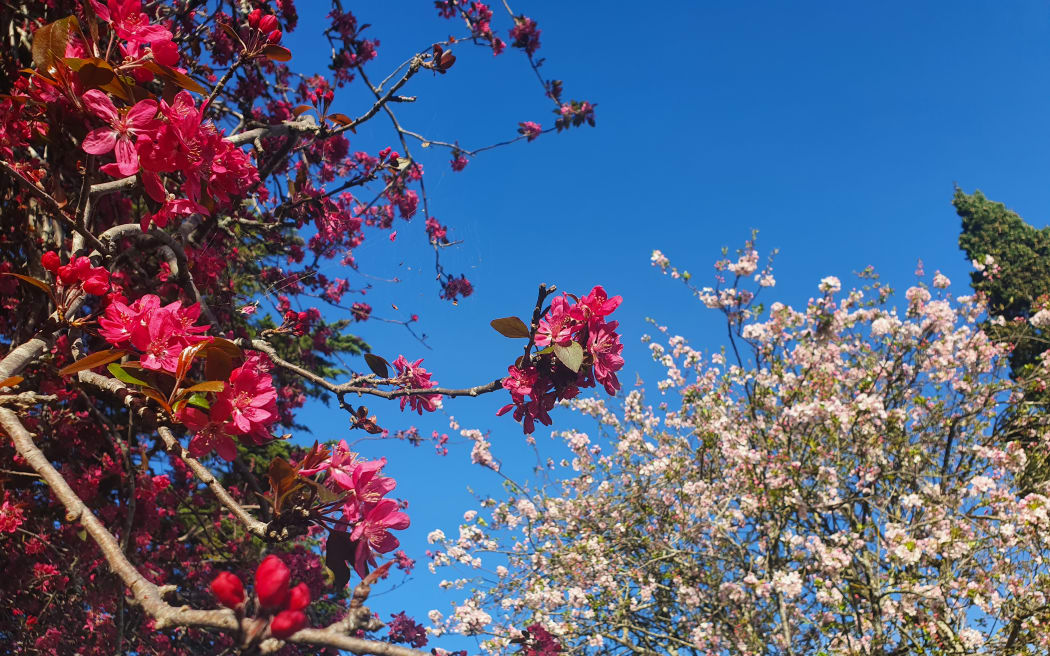
Gisborne's having what's described as a 'ripper spring' with ideal conditions for lambing. Photo: RNZ/Sally Round
It's that time of the year in Wairarapa - docking! With school holidays starting, rural families are rolling up their sleeves for the annual few weeks of whipping off tails and testicles. However, rain is forecast which is putting a bit of a dampener on plans. The messy long winter means many grass paddocks haven't re-grown due to pugging and saturation. They'll be converted into crops this spring.
In Nelson rain over the week has been spotty. Balance has been reached with grass growth, and cattle are being moved around onto new grass on a regular basis. Some beef cattle are about to be drenched and will be heading towards the freezing works soon. Lambing has finished on lowland farms and dairy farmers have just about stopped calving as well. Paddocks are being prepared to plant summer green feed crops now the soil has dried out a little.
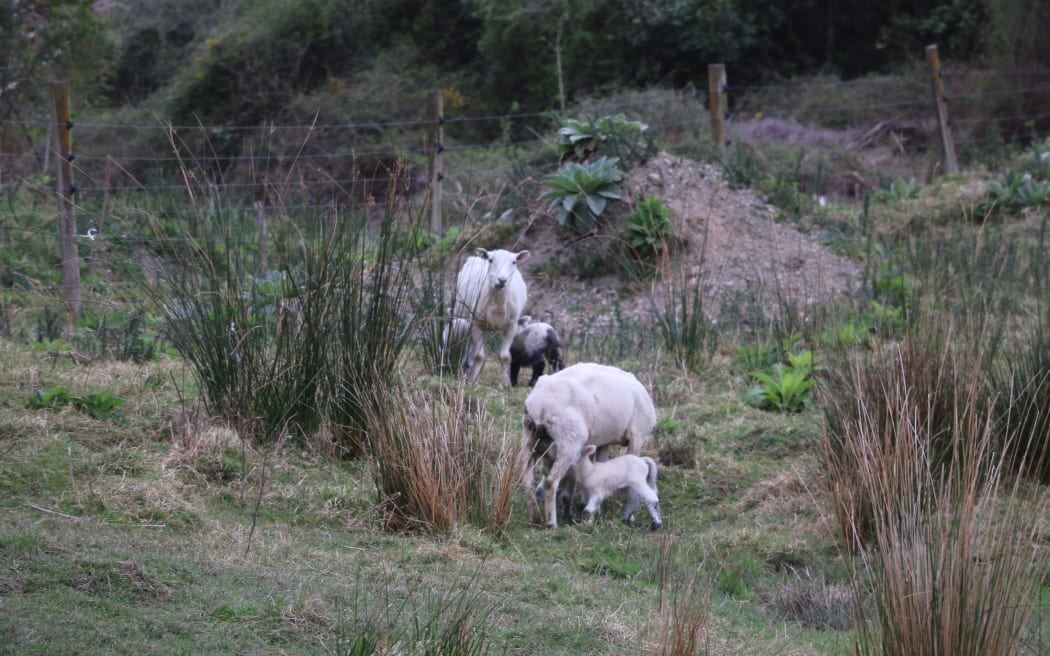
Lambs could do with some sun on their back in many parts of the country Photo: RNZ/Cosmo Kentish Barnes
The heavy rain on the West Coast this week was a welcome freshen up for the region after a fine spell. Farmers are hopeful it will bring new grass growth after the wet winter stunted the growth rate. Calving is down to the dregs - about three quarters of the way through - which brings a bit of rest and reprieve before mating starts up again in November. Lambs are said to be looking "absolutely fabulous". They're not having to waste their energy fighting the chill of cold winds.
It's a different story in North Canterbury. Lambs could use a bit more sun and a bit less wind. Farmers are moving into tailing now with lambing season behind them. This week brought good drying out weather and the sun's lifted spirits of stock and people although pasture growth is slow. Random frosts are also slowing things up. Many are feeding out to cover the difference. Elsewhere in Canterbury a huge amount of tractor work's been done and irrigation for the season has just started.
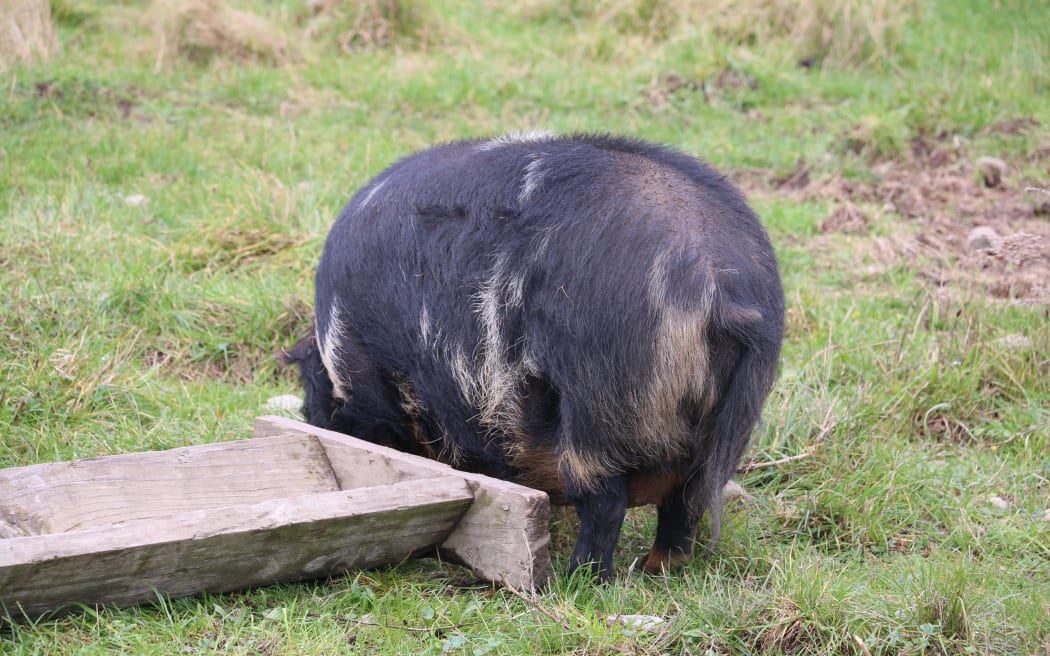
Farmers are tailing in North Canterbury Photo: RNZ/Cosmo Kentish Barnes
In Otago one farmer says its been one of the best lambing seasons in his 50 years. With only a dusting of snow this season, lamb survival should be strong and hopefully prices stay up. Across the paddock, the phone is already ringing for silage - a month earlier than usual following the dry autumn. Dairy farmers are trying to maximise their production with milk returns high. Calving is also winding up. The only complaint could be from vet clinics - they will have a lack of customers as the good weather hasn't brought as many issues this year.
Grass is cranking in Southland with record growth seen in the past two weeks. Tractors are moving left and right across the province as they begin baleage three weeks earlier than normal. Warm sunny days are keeping smiles on faces, with rain coming in through the night. It's a stark contrast to last year which one contact says was the worst growth season he's seen in his 25 years in Southland.
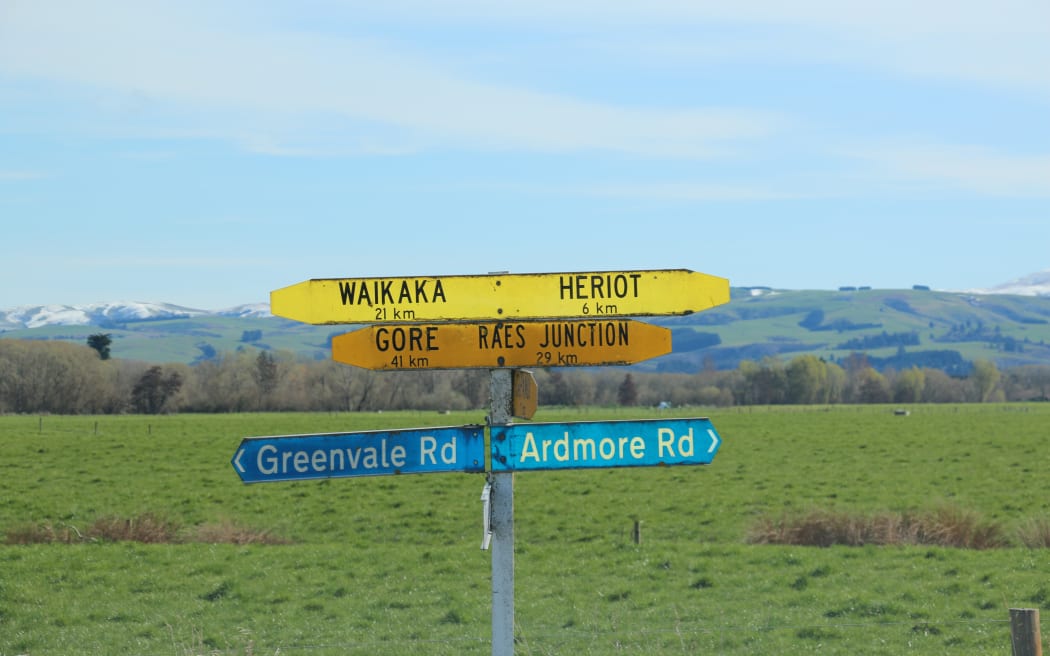
Grass is cranking in Southland Photo: RNZ/Cosmo Kentish Barnes

